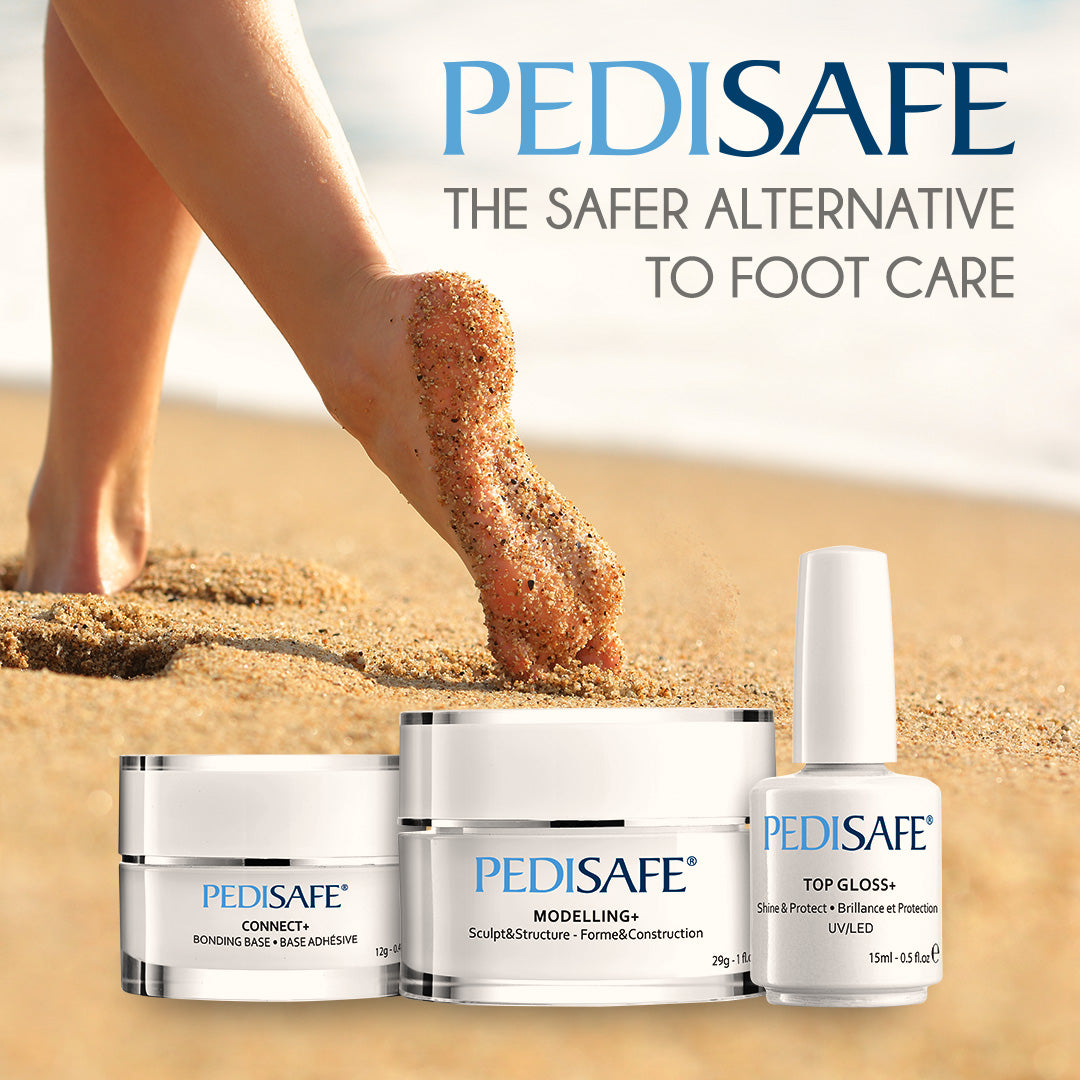Understanding Toenail Trauma
Toenail trauma can arise from various incidents, such as dropping heavy objects on the foot, excessive pressure from tight shoes, or sudden injuries during sports. Symptoms may include pain, swelling, discoloration, and sometimes the nail detaching from the nail bed. Recognizing these signs early is key to preventing more severe consequences.
Common Types of Nail Trauma
- Big toe nail trauma often results from stubbing the toe or wearing restrictive footwear.
- Black toenail from trauma typically indicates bleeding under the nail, common in runners and athletes.
- Blunt trauma to toenail can lead to severe pain and even nail loss.
Specific Cases of Toenail Trauma
- Ingrown toenail trauma is usually caused by improper nail trimming or tight shoes.
- Thickened toenail after injury may develop from repeated trauma or an isolated incident.
- Losing a toenail due to trauma requires careful management to ensure proper nail regrowth.





